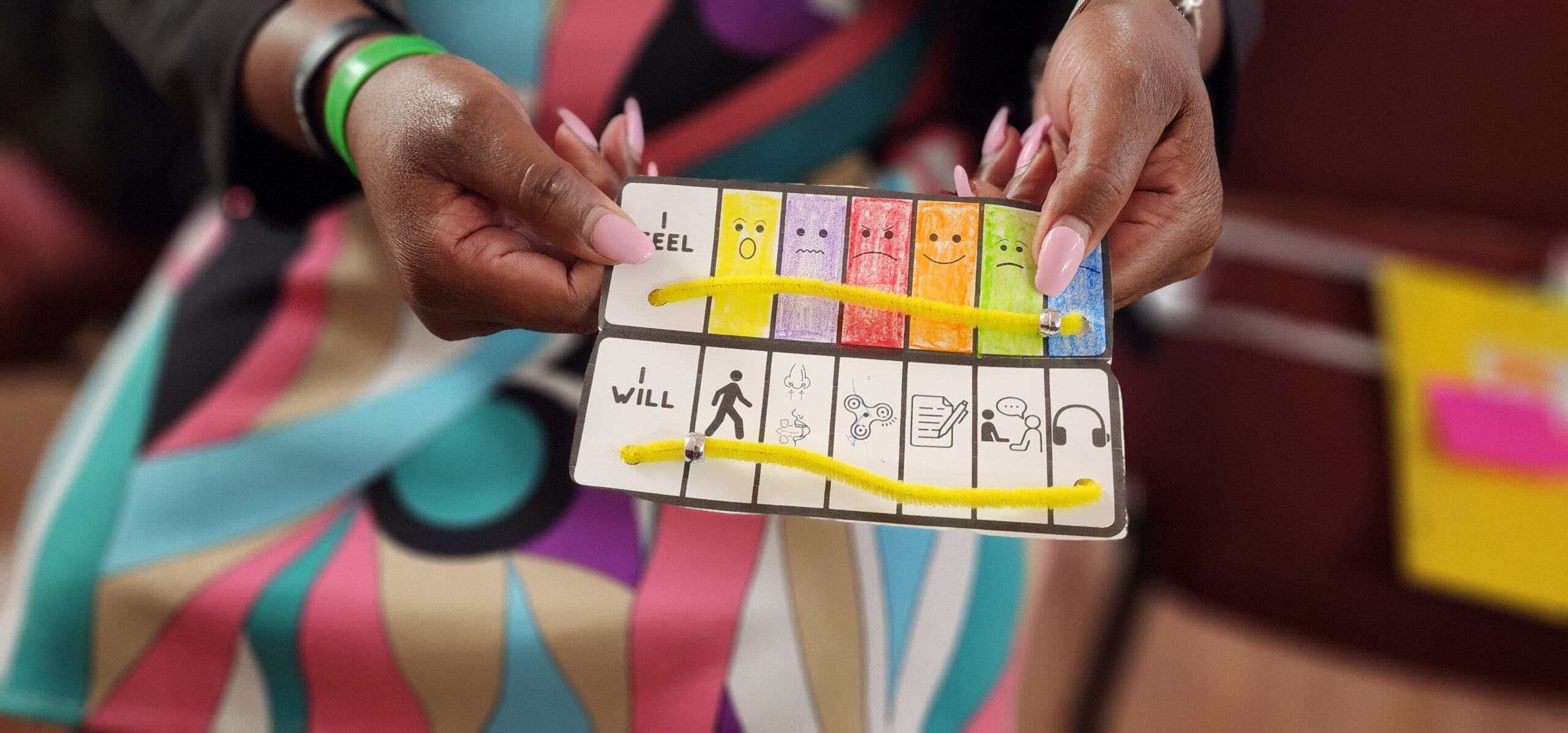Connecting Sensory and SEL
Sensory experiences – what we see, hear, touch, taste, and smell – significantly influence our emotional and psychological state. Understanding and catering to these sensory needs can be transformative in the context of SEL. It enables students to become more self-aware and better regulate emotions, manage stress, and engage positively with peers and educators.
Unfortunately, in today’s fast-paced educational landscape, sensory-informed practices is one of the most often overlooked roles in enhancing SEL.
The benefits of Sensory-Informed practices:
1. Enhanced Focus and Concentration: Sensory tools such as stress balls or sensory strips can help students maintain focus, especially those with ADHD or sensory processing disorders.
2. Emotional Regulation: Sensory activities, in combination with breathing strategies, can soothe students experiencing anxiety, helping them regain their calm.
3. Improved Social Interaction: Sensory-friendly environments can reduce overstimulation, making it easier for students to participate in group activities and social learning.
4. Safe Learning Experience: Recognizing individual sensory needs with the presence of a Calming Corner allows students to have a safe place to self-regulate using various sensory tools.
Implementing Sensory-Informed Practices:
1. Creating Sensory-Safe Spaces: Establish calming corners in classrooms equipped with sensory tools like stress balls and breathing strategies to help students self-regulate.
2. Integrating Sensory Activities: Incorporate intentional sensory breaks throughout the day to help students reset and refocus.
3. Educator Training: Provide educators with effective strategies to integrate sensory-informed practices and sensory tools into daily classroom routines.
Restore our Classrooms
Integrating sensory-informed practices into SEL is not just beneficial but essential. By acknowledging and addressing the sensory aspects of learning, we create more inclusive, empathetic, and effective educational environments. Sensory-informed SEL recognizes the whole child, catering to both their emotional and sensory needs, leading to a more comprehensive and impactful learning experience.
Every child perceives the world uniquely; understanding this perception is key to unlocking their full potential in social and emotional development. Embracing sensory-informed SEL can transform our classrooms into spaces where every student feels understood, supported, and ready to learn.



